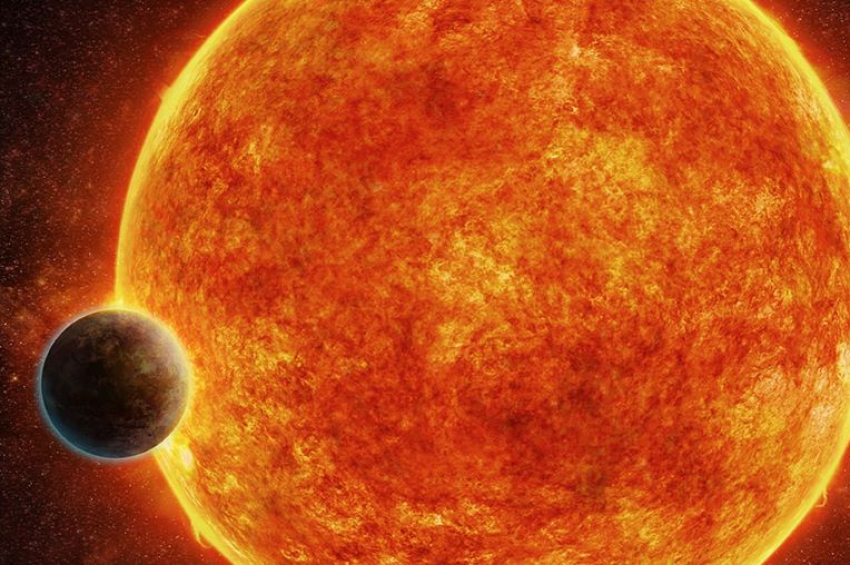A star devours a planet, gets a “remember me” metal scar
A white dwarf responsible for a celestial carnage after its death bears a metal scar on its surface, which astronomers back on Earth could observe for the first time with the European Southern Observatory's Very Large Telescope (ESO's VLT) in Chile.
The star, dubbed WD 0816-310 and located 63 light-years from our world, has accumulated the metal left from a planet it consumed at one of its poles, suggesting that its magnetic field played a major role in the process, according to a statement issued by the ESO.
This unprecedented discovery, detailed in a study published in February in The Astrophysical Journal Letters, sheds light on the macabre aftermath of a planetary system even after its stellar host has met its demise.
More to read:
Forget what you know about cosmos – astronomers find a galaxy without stars
White dwarfs, remnants of stars like our Sun, have long been known to cannibalize fragments of their planetary systems as they cool into embers. However, the recent revelation adds a new layer to this cosmic drama, implicating the star's magnetic field as a key accomplice in the planetary plunder.
Lead author Stefano Bagnulo from Armagh Observatory and Planetarium explained, "It is well known that some white dwarfs — slowly cooling embers of stars like our Sun — are cannibalising pieces of their planetary systems. Now we have discovered that the star’s magnetic field plays a key role in this process, resulting in a scar on the white dwarf’s surface."
The scar, resembling a cosmic tattoo, was observed on the Earth-sized white dwarf and marked by a concentration of metals originating from a planetary fragment akin to the second-largest asteroid in our Solar System, Vesta.
The researchers who detected the scar and linked it to the star's magnetic field noticed that the scar wasn't a uniform spread of planetary material, as theoretical predictions suggested. Instead, it manifested as a concentrated patch held in place by the same magnetic forces that guided the infalling planetary fragments.
The scar consists primarily of calcium, magnesium, and iron — remnants of a doomed planetary fragment roughly 310 miles across. The intense gravity of the white dwarf, comparable in mass to our Sun but Earth-sized, acted as the cosmic executioner, pulling the ill-fated planetary chunk into its gravitational grasp.
More to read:
The Milky Way contains trillions of orphan planets
Importantly, the scar's location at one of the star's magnetic poles hints at the magnetic field's role in channeling materials to this concentrated area. As the star rotated, changes in the metal detection were synchronized with shifts in the magnetic field, creating a celestial crime scene like no other.
This cosmic event provides astronomers with a unique window into the dynamics of planetary systems after their host star's demise. The study suggests that, in death, these stellar remnants continue to wreak havoc on their surroundings. As our Sun, too, will one day become a white dwarf, this discovery prompts contemplation on the potential fate of our own planetary system, raising questions about the mercy it might receive in the aftermath of the Sun's inevitable demise.
***
NewsCafe relies in its reporting on research papers that need to be cracked down to average understanding. Some even need to be paid for. Help us pay for science reports to get more interesting stories. Use PayPal: office[at]rudeana.com or paypal.me/newscafeeu.




![[video] Guess who’s hiding more than 8 kilometers below the ocean’s surface?](/news_img/2025/11/13/news0_mediu.jpg)
![[video] Putin rules from shadows: Investigation finds Russian leader rarely works in Moscow](/news_img/2025/11/11/news1_mediu.jpg)

